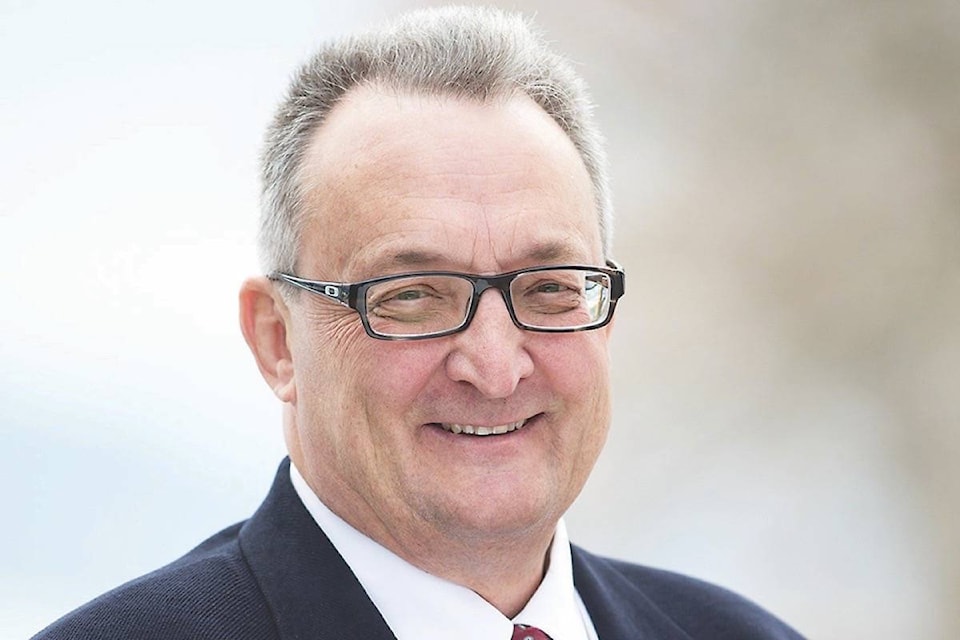In July each year, property taxes are due, so it’s an appropriate time to take a look at how the 2018 Area C property taxes were calculated.
The first point to note is that out of all property taxes collected in Area C this year, the CSRD portion is only about 27 per cent of the total. The province takes 62 per cent, the hospital district collects about six per cent and all other agencies such as the Okanagan Regional Library, BC Assessment Authority and the Municipal Finance Authority account for another five per cent..
You will see on your 2018 Property Tax Notice that the largest single item is the Provincial School Tax, which increased this year by 11.4 per cent for the average residence in Area C. Similarly, the Provincial Rural Tax, which is largely intended to pay for roads, and the Police Tax, which pays for the RCMP, also increased for the average residence by 11.4 per cent. These are by far the largest tax increases seen for these items in Area C in many years.
I found it quite interesting that on our own property tax notice, the home owner grant noted in the provincial services section was nominally increased to match the school tax figure, but, the residual home owner grant below in the parcel tax section was decreased, with the net effect being a home owner grant increase of only $0.06. Again, on our own property taxes, these provincial increases accounted for 77 per cent of the total increase.
Related: Water clean and clear
For Area C, the tax requisition for 2018 increased by 5.9 per cent in 2018 as compared to 2017. The largest increase in the Area C budget was an addition of approximately $69,000 to the Area C Parks function as compared to 2017. This increase was necessary in order to build the capital reserve fund to support the development of a new park in the Blind Bay area, the construction of the playground and sport court in the John Evdokimoff Park in the White Lake area, upgrading of picnic tables, garbage bins, trees and park benches in several parks, and a study to examine the feasibility of a destination trail in the South Shuswap peninsula.
The next largest tax increase in Area C was a new item, the acquisition of the Rail Trail Corridor from Sicamous to the Armstrong area, and this addition added $22,655 to our budget.
A strategic decision made by the CSRD board was to invest more dollars into economic development and Shuswap Tourism. The rationale is that these expenditures should be viewed as investments designed to generate returns to the local economy, and the implementation of the new Shuswap Economic Development Plan would require financial support. In Area C, economic development was increased by $11,731, tourism information was increased by $10,000, and Shuswap Tourism was increased by $9,525 in 2018.
CSRD general government, IT and administrative costs increased by 6.6 per cent in 2018, while development services increased by 2.9%. The Area C sub-regional fire services budget was decreased by $27,000 or 2.2 per cent, as we needed to purchase less equipment in 2018. Milfoil control increased by $7,100 as a heavy growth year is anticipated, while weed control increased by $4,000 in 2018 over 2017.
Overall, I think the changes to the CSRD budget for 2018 were well-advised. I know that CSRD staff work very hard to help ensure that our taxes are kept as low as possible.
-Paul Demenok is the Area C Director for the Columbia Shuswap Regional District.
@SalmonArm
newsroom@saobserver.net
Like us on Facebook and follow us on Twitter
